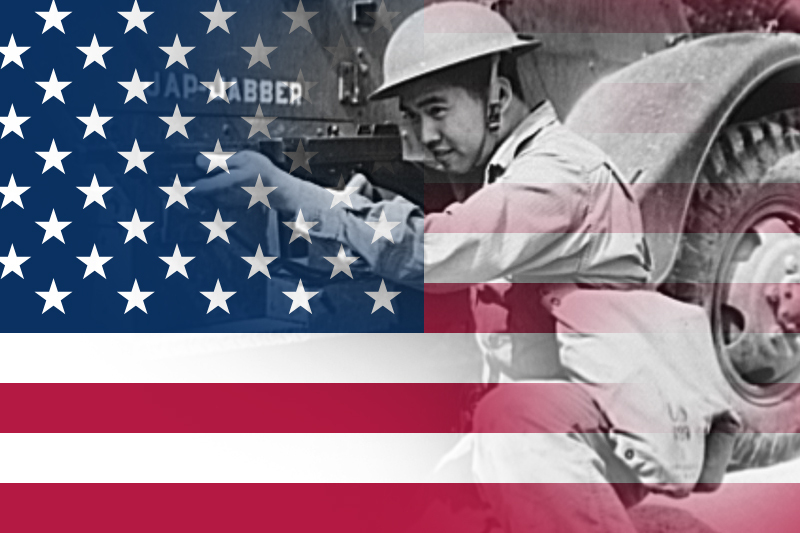
Some Of The First People In The Americas Came From China
A new genetics study has found that people from what is now China were among the first people to come to the Americas. They came in two separate groups during and after the last ice age.
“Our results show that the northern coast of China was also a genetic reservoir that contributed to the gene pool,” said Yu-Chun Li, one of the report’s authors. “This is in addition to Siberia, which was already known to be a source of Native American ancestors.”
Li also said that the same lineage of people moved to Japan during the second migration. This could help explain why arrowheads and spears from the Stone Age have similarities in the Americas, China, and Japan.
Once, people thought that Native Americans were all descended from ancient Siberians who crossed a land bridge in the Bering Strait between modern Russia and Alaska.
More recent research, starting in the late 2000s, has shown that different parts of Asia could be linked to an ancient lineage that started people living in Bolivia, Brazil, Chile, Ecuador, Mexico, and California, among other places.
This lineage, called D4h, is found in mitochondrial DNA, which is only passed down by mothers and is used to find out where a mother came from.
Keep Reading
The team from the Kunming Institute of Zoology spent 10 years looking for D4h. They looked through 100,000 modern DNA samples and 15,000 ancient DNA samples from all over Eurasia. In the end, they found 216 modern and 39 ancient people who were from the ancient lineage.
By looking at the mutations that had happened over time, where the samples came from, and using carbon dating, they were able to figure out where the D4h came from and how it spread.
The results showed that there were two migrations. The first one happened between 19,500 and 26,000 years ago. This was during the Last Glacial Maximum, when the ice sheets covered the most land and the climate in northern China was probably very harsh.
The second one happened between 19,000 and 11,500 years ago, during a time when ice was melting. Migrations may have happened because there were more people around during this time.
Scientists found a surprising genetic link between Native Americans and Japanese people, especially the native Ainu, during this second migration.
During the melting period, a subgroup moved from northern coastal China to Japan and helped form the Japanese people, according to the study. This fits with archaeological evidence that shows ancient people in the Americas, China, and Japan had a lot in common with each other.
Li said that the number of samples they found was a strength of the study, and the fact that Y chromosomal DNA showed that male Native American ancestors lived in northern China at the same time as female ancestors gave researchers confidence in their findings.
“However, we don’t know where in northern China along the coast this growth took place or what events led to these migrations,” he said.
“We need more proof, especially old genomes, to answer these questions.”




